2-Aminoethyl(ethyl)amine
Synonym(s):2-Ethylaminoethylamine
- CAS NO.:110-72-5
- Empirical Formula: C4H12N2
- Molecular Weight: 88.15
- MDL number: MFCD00008166
- EINECS: 203-795-4
- SAFETY DATA SHEET (SDS)
- Update Date: 2024-12-18 13:37:16

What is 2-Aminoethyl(ethyl)amine?
Chemical properties
clear colorless to slightly brown liquid
The Uses of 2-Aminoethyl(ethyl)amine
N-Ethylethylenediamine is a chelating agent used in mutagenesis research studies. It undergoes condensation with 2-hydroxy-3-methoxybenzaldehyde. It also forms organometallic ruthenium(II) complexes that inhibit the growth in human ovarian cancer cell lines.
What are the applications of Application
N-Ethylethylenediamine is a chelating agent used in mutagenesis research studies
General Description
N-Ethylethylenediamine undergoes condensation with 2-hydroxy-3-methoxybenzaldehyde. It also forms organometallic ruthenium(II) complexes that inhibit the growth in human ovarian cancer cell lines.
Properties of 2-Aminoethyl(ethyl)amine
| Melting point: | 1.63°C (estimate) |
| Boiling point: | 128-130 °C (lit.) |
| Density | 0.837 g/mL at 25 °C (lit.) |
| refractive index | n |
| Flash point: | 50 °F |
| storage temp. | Flammables area |
| Water Solubility | Completely soluble in water |
| pka | pK1:7.63(+2);pK2:10.56(+1) (25°C) |
| form | Liquid |
| color | Clear colorless to slightly brown |
| Sensitive | Air Sensitive |
| BRN | 1098272 |
| CAS DataBase Reference | 110-72-5(CAS DataBase Reference) |
| NIST Chemistry Reference | 1,2-Ethanediamine, N-ethyl-(110-72-5) |
| EPA Substance Registry System | 1,2-Ethanediamine, N-ethyl- (110-72-5) |
Safety information for 2-Aminoethyl(ethyl)amine
| Signal word | Danger |
| Pictogram(s) |
 Flame Flammables GHS02  Corrosion Corrosives GHS05  Health Hazard GHS08 |
| GHS Hazard Statements |
H225:Flammable liquids H314:Skin corrosion/irritation H334:Sensitisation, respiratory |
| Precautionary Statement Codes |
P210:Keep away from heat/sparks/open flames/hot surfaces. — No smoking. P233:Keep container tightly closed. P280:Wear protective gloves/protective clothing/eye protection/face protection. P303+P361+P353:IF ON SKIN (or hair): Remove/Take off Immediately all contaminated clothing. Rinse SKIN with water/shower. P305+P351+P338:IF IN EYES: Rinse cautiously with water for several minutes. Remove contact lenses, if present and easy to do. Continuerinsing. |
Computed Descriptors for 2-Aminoethyl(ethyl)amine
| InChIKey | SCZVXVGZMZRGRU-UHFFFAOYSA-N |
New Products
(S)-3-Aminobutanenitrile hydrochloride 4-Methylphenylacetic acid N-Boc-D-alaninol N-BOC-D/L-ALANINOL Tert-butyl bis(2-chloroethyl)carbamate 3-Morpholino-1-(4-nitrophenyl)-5,6-dihydropyridin- 2(1H)-one Furan-2,5-Dicarboxylic Acid Tropic acid 1-Bromo-3,5-Di-Tert-Butylbenzene S-2-CHLORO PROPIONIC ACID ETHYL ISOCYANOACETATE 2-Bromo-1,3-Bis(Dimethylamino)Trimethinium Hexafluorophosphate 4-IODO BENZOIC ACID 3-NITRO-2-METHYL ANILINE 1-(2,4-DICHLOROPHENYL) ETHANAMINE (2-Hydroxyphenyl)acetonitrile 4-Bromopyrazole 2-(Cyanocyclohexyl)acetic acid 4-methoxy-3,5-dinitropyridine 1-(4-(aminomethyl)benzyl)urea hydrochloride 2-aminopropyl benzoate hydrochloride diethyl 2-(2-((tertbutoxycarbonyl)amino) ethyl)malonate tert-butyl 4- (ureidomethyl)benzylcarbamate Ethyl-2-chloro((4-methoxyphenyl)hydrazono)acetateRelated products of tetrahydrofuran
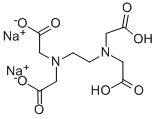

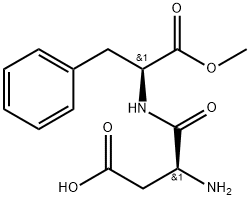
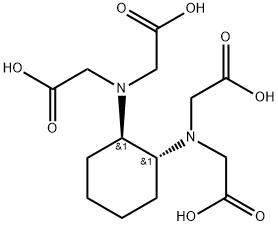
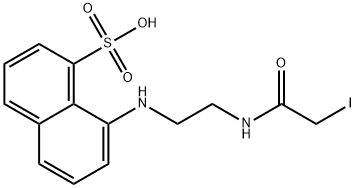

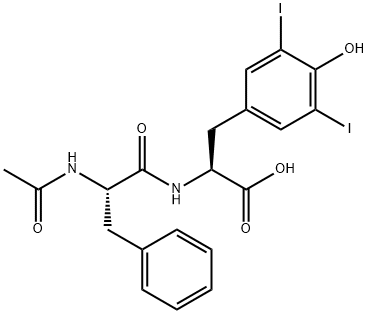
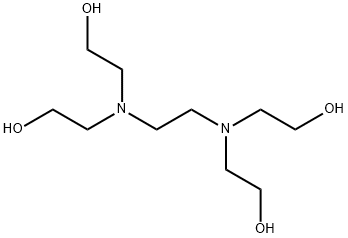
You may like
-
 110-72-5 N-Ethylethylenediamine 99%View Details
110-72-5 N-Ethylethylenediamine 99%View Details
110-72-5 -
 N-Ethylethylenediamine CAS 110-72-5View Details
N-Ethylethylenediamine CAS 110-72-5View Details
110-72-5 -
 N-Ethylethylenediamine 98.00% CAS 110-72-5View Details
N-Ethylethylenediamine 98.00% CAS 110-72-5View Details
110-72-5 -
 N-Ethylethylenediamine CAS 110-72-5View Details
N-Ethylethylenediamine CAS 110-72-5View Details
110-72-5 -
 N-Ethylethylenediamine 97% CAS 110-72-5View Details
N-Ethylethylenediamine 97% CAS 110-72-5View Details
110-72-5 -
 N-Ethylethylenediamine CAS 110-72-5View Details
N-Ethylethylenediamine CAS 110-72-5View Details
110-72-5 -
 14714-50-2 (2-Hydroxyphenyl)acetonitrile 98+View Details
14714-50-2 (2-Hydroxyphenyl)acetonitrile 98+View Details
14714-50-2 -
 118753-70-1 98+View Details
118753-70-1 98+View Details
118753-70-1
Statement: All products displayed on this website are only used for non medical purposes such as industrial applications or scientific research, and cannot be used for clinical diagnosis or treatment of humans or animals. They are not medicinal or edible.